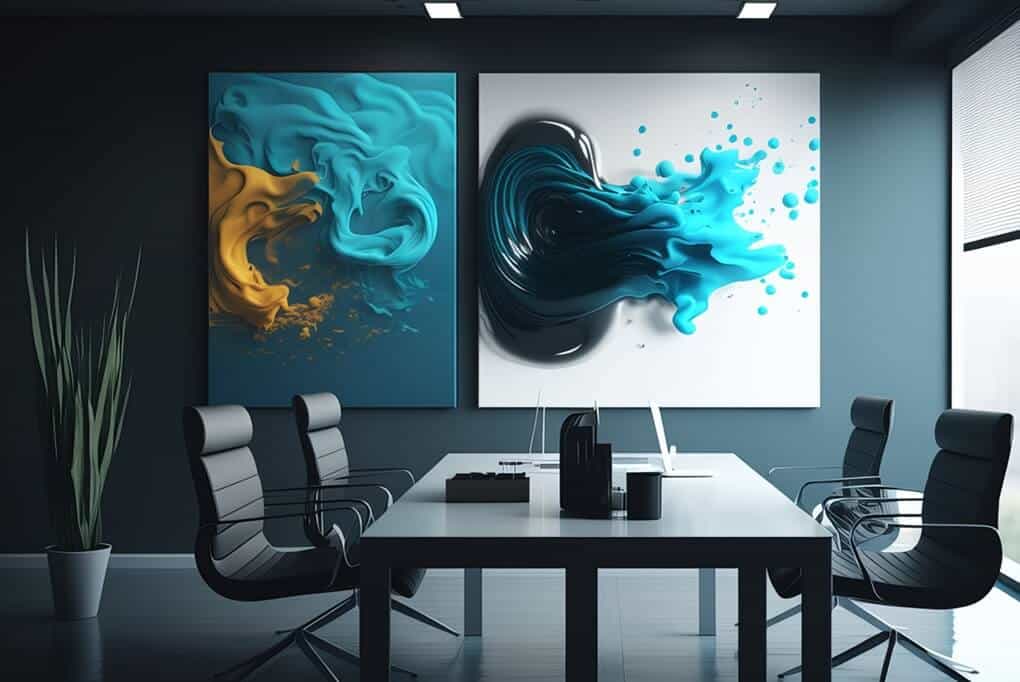The Intersection of Art and Space – New Trends in Curation Design
In recent years, the intersection of art and space has evolved into a dynamic and innovative field, shaping how we understand and experience both art and architecture. This convergence is driven by a growing recognition that the design of exhibition spaces profoundly influences the way art is perceived and interacted with. Curators and designers are increasingly exploring new trends that challenge traditional boundaries, creating immersive and interactive environments that engage audiences on multiple levels. One significant trend in contemporary curation is the emphasis on experiential design. Museums and galleries are moving away from static, white-walled spaces and embracing designs that integrate sensory experiences and interactive elements. This approach transforms the art viewing experience into a multi-dimensional journey, where the physical space itself becomes an integral part of the artwork. For instance, some exhibitions now incorporate ambient soundscapes, dynamic lighting, and even sent to create a more immersive environment that enhances the thematic elements of the art. By engaging multiple senses, these spaces encourage visitors to interact with art in a more profound and personal way.

Another trend is the use of technology to bridge the gap between art and space. Augmented reality AR and virtual reality VR are increasingly employed to create virtual exhibitions and interactive installations. These technologies allow curators to present art in innovative ways that transcend physical limitations. For example, VR can transport visitors to digital recreations of historical art environments or present artworks in imaginative, fantastical settings that challenge traditional notions of space. AR, on the other hand, can overlay digital elements onto physical art, providing additional layers of context and information. This technological integration not only expands the possibilities for art presentation but also makes art more accessible to a broader audience. Sustainability is another important consideration in contemporary curation design. As awareness of environmental issues grows, there is a push towards creating exhibition spaces that are not only visually striking but also eco-friendly. Curators are increasingly adopting sustainable practices, such as using recycled materials for displays, minimizing energy consumption, and designing spaces that can be easily reconfigured or repurposed.
This trend reflects a broader commitment to environmental stewardship and encourages both institutions and visitors to consider the ecological impact of art and its presentation. Furthermore, the integration of community and participatory elements into exhibition design is gaining prominence and Contact us. Many curators are now focusing on creating spaces that foster interaction and collaboration between artists and audiences. This includes incorporating participatory art projects, where visitors become co-creators, or designing spaces that encourage dialogue and engagement with the local community. By involving audiences in the creative process, these spaces not only enhance the artistic experience but also strengthen the connection between art and its social context. In summary, the intersection of art and space is being redefined by trends that emphasize experiential design, technological innovation, sustainability, and community engagement. These developments reflect a growing understanding of the importance of space in shaping the art experience and highlight the ways in which curators and designers are pushing the boundaries of traditional exhibition practices.